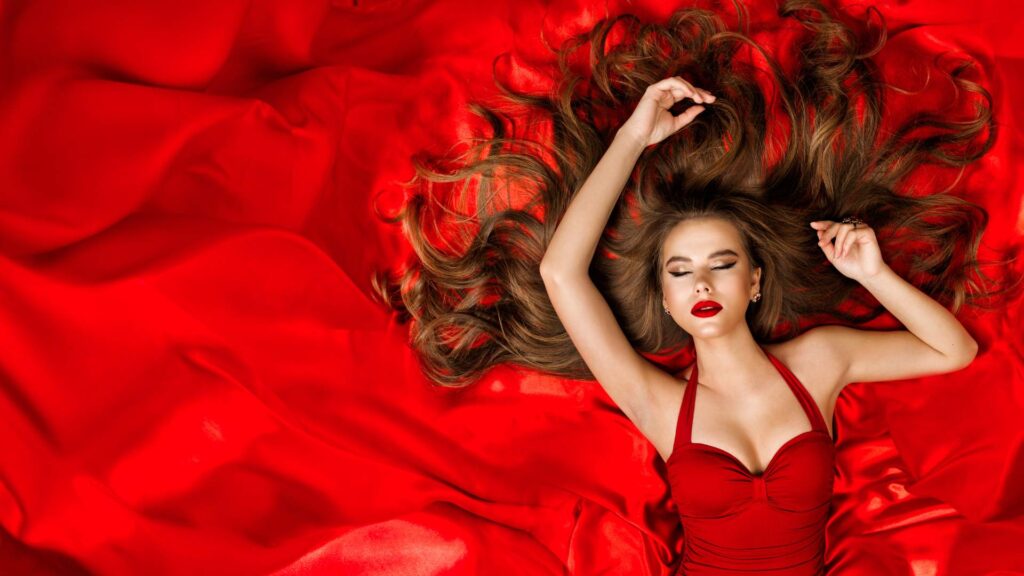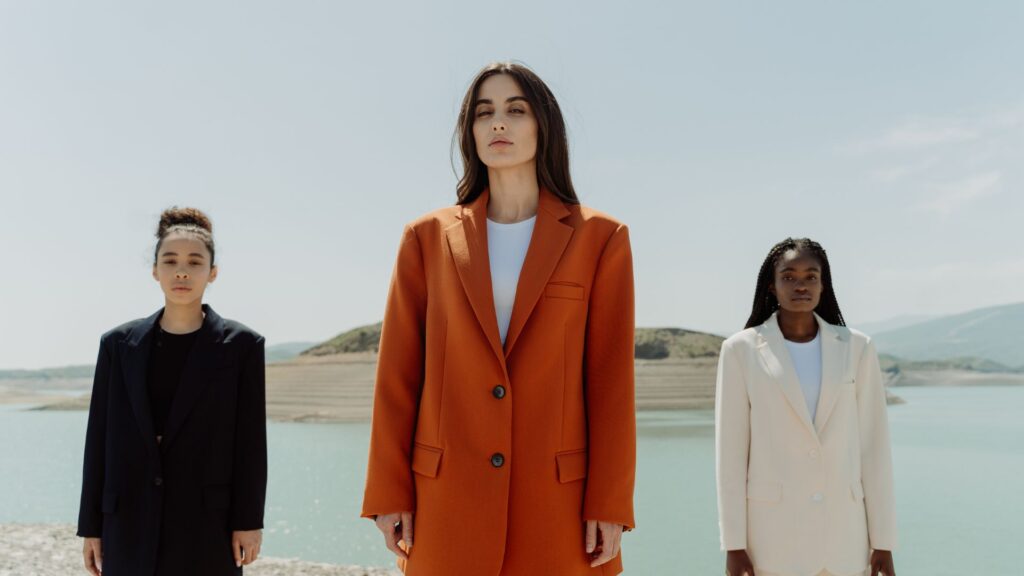Dwijendra Kumar

As in most other professions, where well-documented biodata familiarizes employers with the basic information and strengths of applicants, a model portfolio is mandatory for gaining the confidence of modeling agencies and recruiters.
This portfolio must carry information about physical features such as skin tone, body type, colors of eyes and hair, height, weight, measurement and a good number of photographs highlighting salient features of his or her looks, physique, and personality.
The first impression is the last impression, goes the saying. It is especially true for making a career in a glamorous and short-lived career like modeling. None would give one a second chance if they didn’t get impressed in the first instance. So, it is highly recommended that an aspiring model be aware of the basic requirements for making an entry in the field. S/he must be made aware of various types of modeling opportunities available to them, and it is incumbent upon her/his intellect and capability to look within and decide on one particular type to begin with.

The following types of modeling opportunities are available to young aspirants:
Commercial modeling: This encompasses a vast range of assignments for print advertisements, catalogs, billboards, hoardings, etc. The idea is to sell products or services using an image. Most of the modelling activities fall under this category, so there is ample scope for an aspirant to get a foot in the door!
Live modeling: In order to attract the attention of visitors, manufacturers, and trade personnel, service providers engage attractive models to ensure their presence at their stalls or pavilions. These models interact with potential customers too, so as to create a good impression about the products or services they are promoting.
Fashion Modeling: When a fashion house hires a model to promote its latest collections by arranging photoshoots with models putting on their dresses and accessories; this is fashion modeling. Walking the ramp is also part of fashion modeling.
Once the photographer and makeup artist have been scouted, do take time out to rehearse the poses that one would like to flaunt in front of the camera. It would be better if one had a look at the portfolios of other models. That would give them a fair idea of how to focus on a few particular poses rather than experimenting with many.
What the model is wearing counts a lot in making a portfolio distinct. Choose the outfits that you are most comfortable in and look your best. You may expect modeling agencies or advertisers to dress you in similar clothes. But do try with other clothes as well.
After the photo shoot, create a photo book or album to keep the best of your photos together and to show it to the modeling agency or a prospective recruiter. A digital album, too, may be created, and the same can be mailed or shared with interested parties.

Do create a website with complete information about yourself, a resume, and photos.
Don’t miss out on updating your portfolio to include the latest information about yourself as well as how you look. Include your campaigns if you get opportunities to work.
(Dwijendra Kumar writes on fashion and lifestyle issues and has authored books on fashion design & textiles. Views are personal)






















